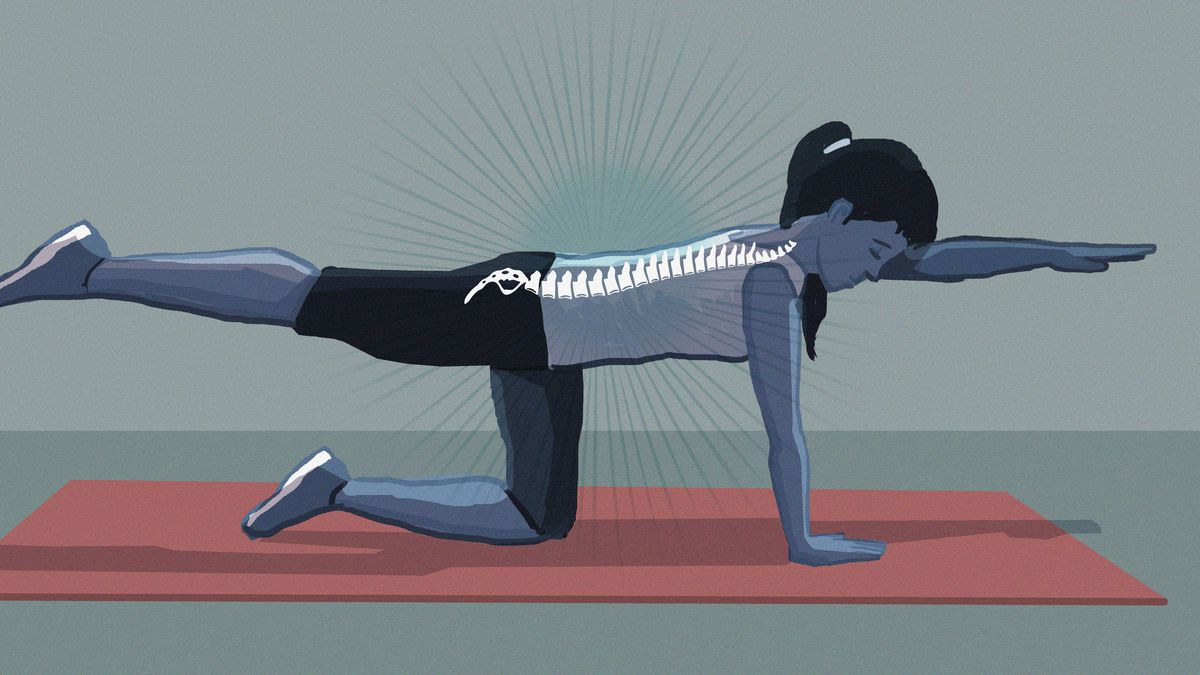Many human beings spend the general public in their waking hours sitting—at home, commuting, and paintings. Particularly whilst we’re sitting for long durations at a desk, there are a few things we have to preserve in mind.

How ought to we sit down?
Many humans assume there’s one “suitable” posture. But without a doubt, there isn’t simply one manner of sitting. Different methods of sitting will vicinity exclusive bodily stresses on our our bodies, and range is right. To work out if a posture is “appropriate” or not, we can assess it primarily based on several things: the amount of muscle interest required to hold the location (too much muscle pastime could be a problem as it can result in fatigue if held continuously for a long period)
The anticipated strain on joints, including the discs among the vertebral bones of the backbone (an excessive amount of physical loading stress could be a trouble as it can motive ache inside the joints and ligaments or muscular tissues around them) whether the joints are in the center of their range of motion or close to the extreme (awkward, near stop-of-range postures may additionally position more pressure on tissues around joints)
The quantity of fidgeting human beings do (moving about on your seat, or fidgeting, maybe an early indicator of soreness and might recommend a hazard of later pain). Given those standards, studies indicate there are three primary alternatives for a way you could sit down properly at a desk. Each choice has exclusive pros and cons and is appropriate for one-of-a-kind duties.
Option 1: upright sitting
This might be the posture you watched as a “suitable” posture. The defining feature of this selection is that the trunk is upright. A key issue of upright sitting is that the feet can live with ease relaxation on a floor, whether or not the ground or a footstool. This role also makes it smooth to regulate posture in the chair (fidget) and change posture to get out of the chair.
It’s also crucial the fingers grasp down from the shoulders vertically with elbows via the trunk unless the forearms are supported on the painting’s floor. Holding unsupported hands ahead requires the muscle groups connecting the shoulder and neck to work more difficult. This regularly affects muscle fatigue and discomfort. The head ought to be looking instantly ahead or a touch downwards. Looking upwards could boom tension within the neck and likely cause discomfort.
Option 2: ahead sitting
The defining function of this posture is that the trunk is angled ahead, and the fingers are rested on the painting’s floor. Allowing the thigh to point down at a perspective may make it less complicated to maintain an inward curve in your decrease lower back, which is usually recommended to reduce low lower back pressure. For a time, unique chairs had been evolved to allow the thigh to be angled downwards and generally had a function to dam the knees.
Preventing the man or woman from sliding off the angled seat base. By perching on the front of an ordinary chair and resting your elbows on the work floor, you could use this posture to offer range in sitting. This posture is useful for duties that include drawing or handwriting on the surface of a flat painting, both with paper or a touch display screen tool.
Option 3: reclined sitting
The defining characteristic of the third choice is the trunk is angled backward, supported by the chair’s backrest. Back muscle interest is lowest on this posture, as a top bodyweight is taken using the chair. This position may also lessen the hazard of fatigue within the returned muscle mass and resultant discomfort.
But sitting like this for hours each day may also result in the again muscles being extra vulnerable to fatigue inside the future. This posture is useful for conferences and makes contact with conversations. But it doesn’t make paintings properly for handwriting or using a computer because the fingers want to be held forwards for this stuff, requiring neck and shoulder muscle interest likely to bring about discomfort.



